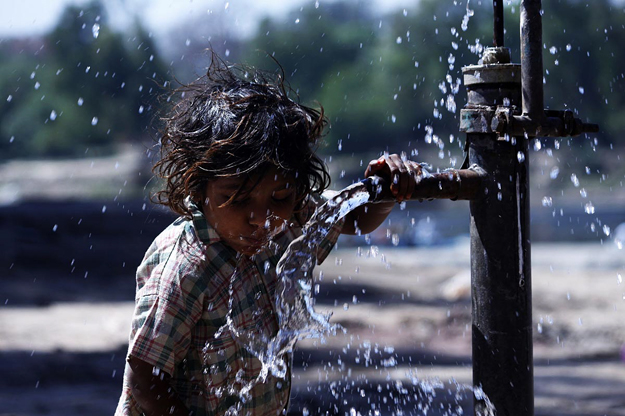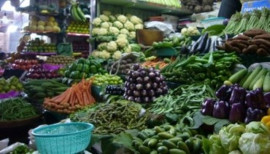
"Any delay in reforms would only compound the concerns as the water deficit would expand on account of growing demand (stemming from population growth, urbanisation and economic development) and a decline in available supplies (owing to pollution and climate change)," the central bank said in a special section of its Annual Report on the State of Economy for 2016-17.
The focus of reforms should be on improving efficiency in water consumption and management and building the capacity of relevant regulatory institutions.
People are generally sensitive to forced change in their usage rights, the report noted, but it is necessary to design a reform agenda that is acceptable to all stakeholders (provinces and the federal government).
The report said water is a crucial resource for the livelihood of people and sustained development of any economy. However, it has more significance for Pakistan because its economy is agrarian in nature and depends on a single source (the Indus Basin) to meet most of its water needs.
Water crisis may soon hit major Pakistan cities
Therefore, water availability and its efficient utilisation lie at the heart of any strategy aimed at ensuring food security and achieving a sustained long-term economic growth.
Pakistan is going to face a high level of water stress by 2020. By 2030, the ranking will worsen further to extremely high level, thus pushing Pakistan to the list of top 33 countries under extreme water stress, according to the World Resource Institute.
More importantly, the stress is going to increase further due to growing demand, mainly coming from rising population, rapid urbanisation, adverse impact of climate change and the continuing degradation of water quality.
This pressure will push the country very close to the threshold of absolute water scarcity.
Limited storage
The current storage capacity is inadequate as the three major water reservoirs in Pakistan, ie Mangla (1967), Tarbela (1978) and Chashma (1971), have a total designed capacity of 15.75 million acre feet (MAF), which has been reduced to 13.1 MAF due to sedimentation.
These reservoirs can store water equivalent to 30 days of consumption, whereas the standard minimum requirement is 120 days. Most of the advanced countries have capacities of one to two years.
Furthermore, Pakistan's live storage capacity is 150 cubic metres per person, with Ethiopia being the only country that has a lower per person live storage. India's live storage capacity is 220 cubic metres per person.
The storage capacity is also low in terms of available water as the country's reservoirs can store less than 10% of the annual river average flows against the standard of 40%.
Outdated distribution system
The inefficient distribution system (also known as warabandi) has resulted in low water productivity in Pakistan.
For instance, over 90% of total annual water available in the country goes to agriculture. Furthermore, the supply of water is linked to the canal command area and farmers are required to consume water even when it is not required.
Thus, the output produced against a unit of water remains extremely low. This unreliable and rigid water distribution system also explains the low productivity of water (defined as the average crop product per unit of water consumed).
According to a study, water productivity for cereal crops in Pakistan is almost one-third of that in India and one-sixth of the productivity realised in China, the report said.
Published in The Express Tribune, October 14th, 2017.
Like Business on Facebook, follow @TribuneBiz on Twitter to stay informed and join in the conversation.



1719211536-0/BeFunky-collage-(81)1719211536-0-165x106.webp)



















COMMENTS
Comments are moderated and generally will be posted if they are on-topic and not abusive.
For more information, please see our Comments FAQ